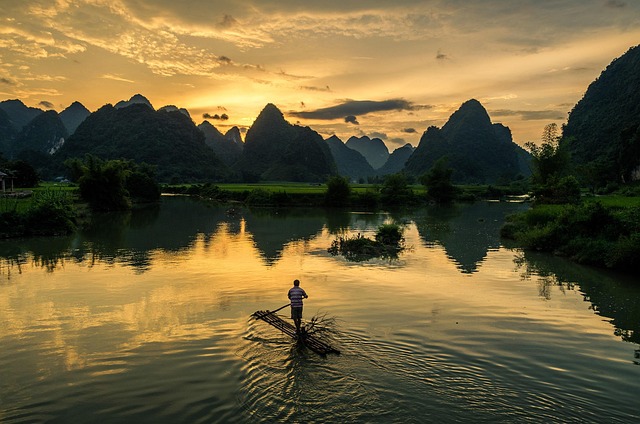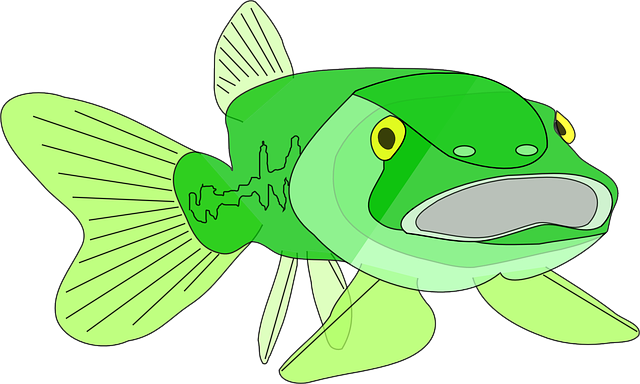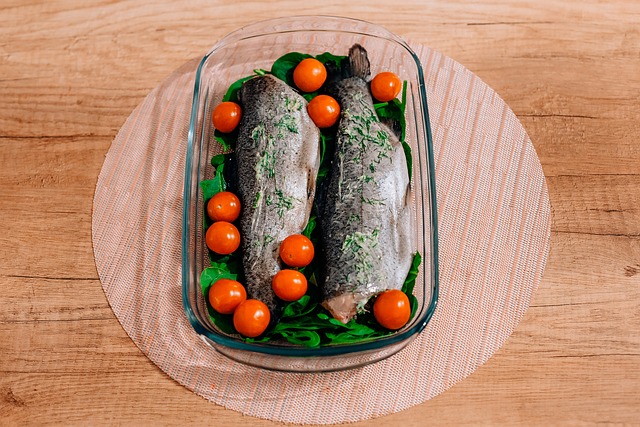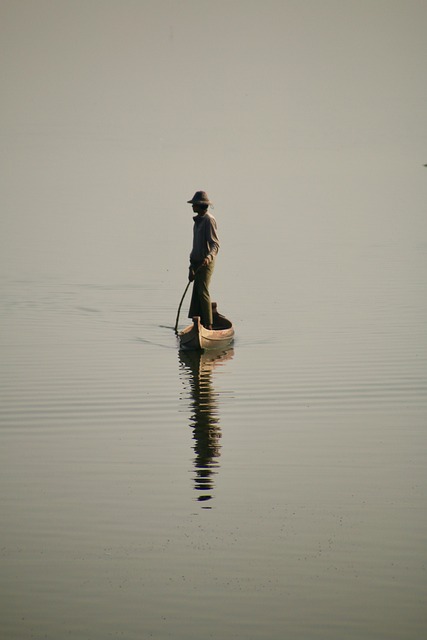The Upper Willamette River offers a diverse fishing experience with various species like trout, salmon, and bass. Popular spots include the South Fork for trout and the Calapooia River for secluded coves. Fly fishing stands out due to its healthy trout populations. Adhering to local regulations and conservation efforts is crucial for preserving the river's ecosystem. Key practices include understanding rules, using sustainable techniques like fly fishing, and following guidelines from state and regional organizations. The river's beauty and rich biodiversity make it a prime destination for anglers while ensuring future accessibility through responsible management.
“Uncover the best Upper Willamette fishing spots and explore a diverse range of fish species that call this scenic river home. From mastering unique fishing techniques tailored to the river’s characteristics to understanding vital fishing regulations, this comprehensive guide is your ultimate resource. Discover tips and tricks for successful fly fishing, all while learning about conservation efforts dedicated to preserving sustainable fishing practices in the Upper Willamette River.”
- Upper Willamette Fishing Spots: A Guide to Popular Locations
- Unveiling the Diverse Fish Species of the Upper Willamette River
- Mastering Fishing Techniques for the Upper Willamette River
- Understanding and Adhering to Upper Willamette Fishing Regulations
- The Art of Fly Fishing in the Upper Willamette: Tips and Tricks
- Conservation Efforts for Sustainable Fishing in the Upper Willamette River
Upper Willamette Fishing Spots: A Guide to Popular Locations
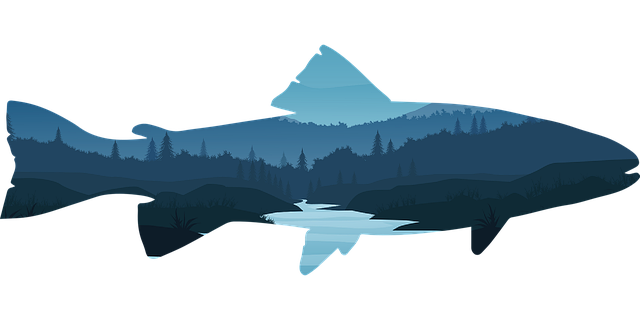
The Upper Willamette River, known for its pristine waters and diverse ecosystems, offers a plethora of fishing spots catering to various techniques and species enthusiasts. Anglers can explore popular locations like the South Fork, renowned for its robust trout populations, or venture upstream to the Calapooia River, a hidden gem teeming with bass and catfish. The river’s winding paths and secluded coves provide both scenic and productive fishing grounds.
For those seeking unique experiences, fly fishing in the Upper Willamette is a must. The river supports a healthy population of rainbow trout, cutthroat trout, and even salmon during certain seasons, making it a haven for fly anglers. Adhering to local fishing regulations is crucial; these guidelines ensure the sustainability of the river’s fish species. Conservation efforts play a vital role in maintaining the Upper Willamette as a thriving fishing destination for future generations.
Unveiling the Diverse Fish Species of the Upper Willamette River
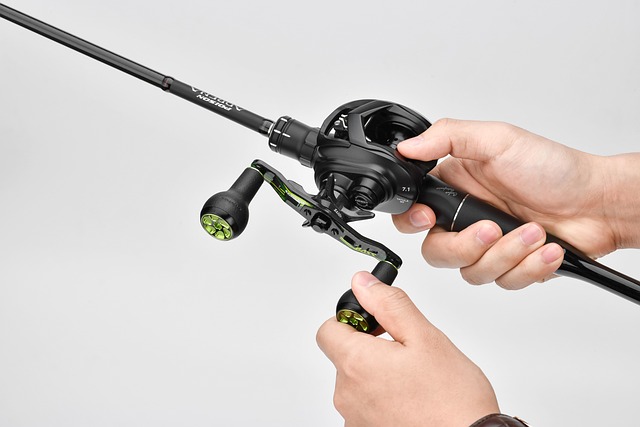
The Upper Willamette River is a haven for anglers, offering a diverse range of fish species that cater to both novice and experienced fishermen. This section delves into the unique ecosystem of the river, where various trout varieties, salmon runs, and even rare bass species make their home. Anglers can expect to find Chinook, Coho, and Steelhead salmon, known for their strength and elusive nature. The river is also renowned for its healthy population of Rainbow Trout, including the coveted Bull Trout. For fly fishing enthusiasts, the Upper Willamette presents an opportunity to master techniques tailored to these specific fish species, making it a sought-after destination for those who appreciate the art of fly fishing.
Understanding the local fishing regulations and conservation efforts is essential for visitors. The Upper Willamette River is managed by state and regional organizations dedicated to maintaining its ecological balance. These measures ensure sustainable fishing practices, allowing future generations to enjoy this rich natural resource. Whether exploring upstream fishing spots or settling in at a scenic downstream location, anglers will find a variety of methods and opportunities to engage with the river’s diverse fish species while adhering to crucial conservation principles.
Mastering Fishing Techniques for the Upper Willamette River
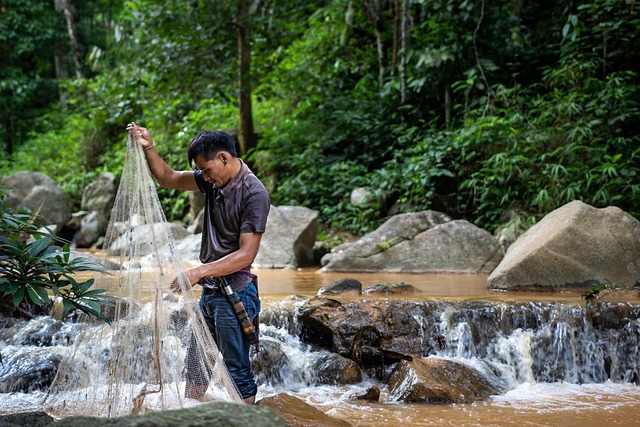
The Upper Willamette River is a treasure trove for anglers, offering a diverse range of fishing spots that cater to various skills and preferences. Whether you’re an expert or a novice, understanding the unique characteristics of this river is key to a successful trip. The Upper Willamette is renowned for its abundant fish species, including rainbow trout, salmon, and bass, making it a hotspot for both spin and fly fishing enthusiasts.
Mastering the art of fishing in this region involves familiarizing yourself with local regulations and conservation efforts. The Oregon Department of Fish and Wildlife provides guidelines to ensure sustainable fishing practices. For instance, knowing the size and catch limits for different species is essential. Additionally, learning specific techniques like drift fishing or fly casting can enhance your experience. Upper Willamette fly fishing, in particular, has gained popularity due to its scenic beauty and the river’s healthy insect population, making it a true angler’s paradise.
Understanding and Adhering to Upper Willamette Fishing Regulations
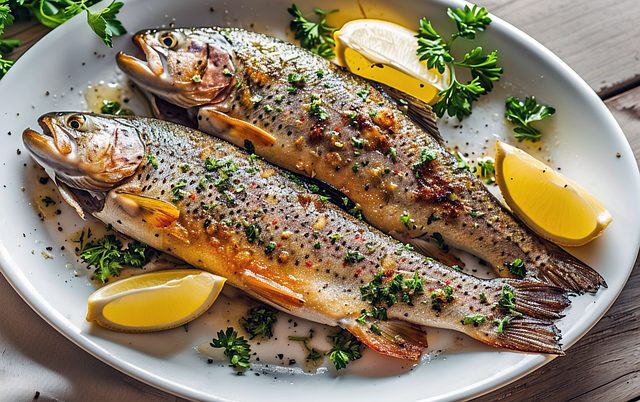
Fishing enthusiasts flocking to the scenic Upper Willamette River should familiarize themselves with the local fishing regulations to ensure a sustainable and enjoyable experience. These rules are in place to protect the diverse range of fish species that call this river home, including trout, salmon, and bass. Understanding these regulations is crucial when it comes to choosing the right equipment for your trip. For instance, certain areas may have restrictions on bait use, net types, or even fishing methods like fly fishing vs. spin casting. Adhering to these guidelines not only keeps the river healthy but also promotes a fair chance for all anglers.
When exploring Upper Willamette fishing spots, whether it’s along the pristine mainstem or its tributaries, anglers must be conscious of seasonal closures and size limits for different species. These regulations are designed to allow fish populations to thrive and ensure there will be plenty of opportunities for future generations of anglers to enjoy the river. By respecting these rules and adopting sustainable fishing techniques, visitors can contribute to the conservation efforts that keep the Upper Willamette River a premier destination for both locals and out-of-state visitors seeking their next big catch.
The Art of Fly Fishing in the Upper Willamette: Tips and Tricks

The Upper Willamette River is a haven for anglers seeking an authentic fly-fishing experience. This scenic waterway boasts a diverse range of fish species, making it an attractive destination for enthusiasts. Here, the art of fly fishing meets the breathtaking natural landscape, offering a unique and challenging sport. Whether you’re targeting rainbow trout, cutthroat trout, or even salmon, understanding the local fishing spots is key. The river’s meandering sections and shallow runs provide ideal habitats for these fish.
To master Upper Willamette fly fishing, consider these tips: study the local fishing regulations to ensure compliance, practice conservation efforts by using proper gear to minimize environmental impact, and adapt your techniques based on seasonal changes. During certain times of year, fish may be more active in deeper pools or along riverbanks. Experiment with different fly patterns and presentations to entice a bite. Remember, patience is paramount; observe the river’s natural rhythms and let your skills align with the dance of the fly on the water.
Conservation Efforts for Sustainable Fishing in the Upper Willamette River

The Upper Willamette River, renowned for its scenic beauty and abundant fish populations, has been the focus of extensive conservation efforts to ensure sustainable fishing practices. These initiatives aim to preserve the river’s ecological integrity while allowing anglers to enjoy its world-class fishing spots. The diverse range of fish species, including trout, salmon, and bass, thrives in these waters, making it a top destination for both local and visiting anglers. To maintain this biodiversity, various regulations are in place that dictate catch limits, fishing seasons, and permitted techniques, such as fly fishing.
Conservationists work tirelessly to protect the river’s delicate balance by promoting responsible fishing habits and monitoring fish populations. They encourage anglers to practice ‘catch and release’ for certain species, especially during peak spawning seasons, to minimize impacts on breeding efforts. Moreover, they collaborate with local communities and organizations to raise awareness about the importance of sustainable fishing conservation in the Upper Willamette River, ensuring that this precious natural resource remains vibrant for future generations to enjoy.



